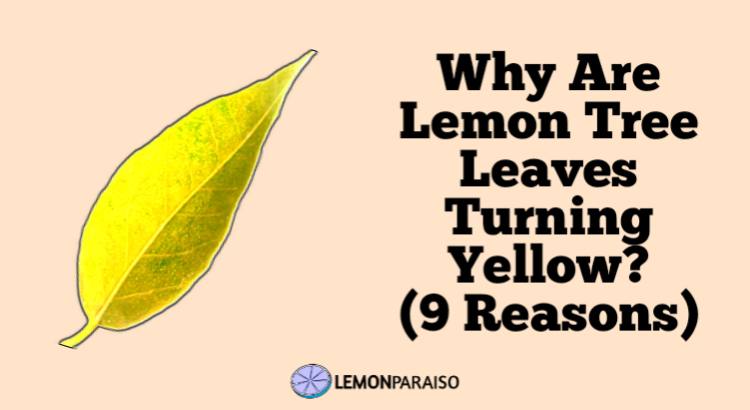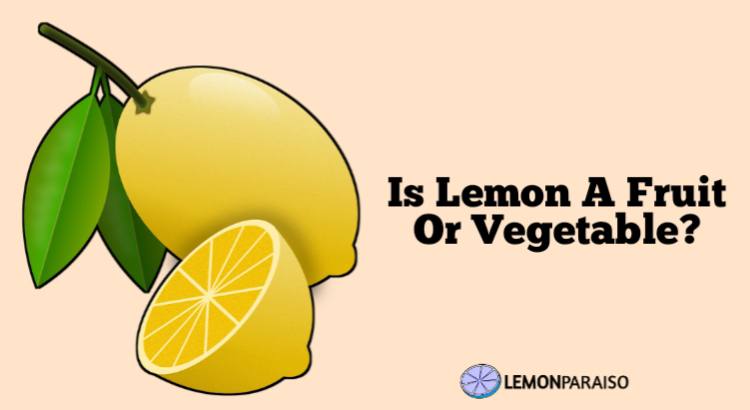Eureka Lemon Tree: Care And Growing Tips

How To Grow Eureka Lemon Tree?
To grow a Eureka Lemon Tree, choose a well-draining location with plenty of sunlight, as these trees thrive in warm, sunny environments. Prepare the soil by mixing organic compost or aged manure, ensuring the soil has a slightly acidic pH level between 6.0 and 6.5.
Plant the tree in the prepared hole, making sure the root ball is slightly above the surrounding soil to prevent root rot. Gently fill the hole with soil and water the tree thoroughly to help settle the soil around the roots.
Stake the young tree if necessary to provide support during its initial growth. Continue to provide consistent care, such as watering, fertilizing, and pruning, as the tree matures to promote healthy growth and fruit production.
What Is The Size Of A Mature Eureka Lemon Tree?
A mature Eureka Lemon Tree typically reaches a height of 10 to 20 feet, with a similar spread. These trees have a dense, rounded canopy with dark green leaves and fragrant blossoms, making them an attractive addition to any landscape.
However, they can also be pruned to maintain a smaller size or grown in containers, which restricts their overall growth. With proper care, Eureka Lemon Trees can live for many years and produce an abundance of fruit. Keep in mind that environmental factors, such as soil quality, sunlight, and temperature, can also influence the size and growth of the tree.
How Much Sunlight Does An Eureka Lemon Tree Need?
Eureka Lemon Trees require full sunlight for optimal growth and fruit production. They should receive at least 6 to 8 hours of direct sunlight each day. Planting the tree in a location that receives morning sun and afternoon shade is ideal, as this will protect the tree from the harsh afternoon sun in hotter climates.
If grown in a container, ensure that the tree is placed in a sunny spot and rotated periodically to ensure even light exposure. Adequate sunlight not only promotes healthy growth, but it also helps to prevent diseases and pests that can affect the tree’s overall health and fruit yield.
How Often Should I Water My Eureka Lemon Tree?
Watering your Eureka Lemon Tree consistently is essential for its growth and overall health. Generally, these trees require deep watering once or twice a week, depending on the weather and soil conditions.
Ensure that the soil is moist but not soggy, as overwatering can lead to root rot and other issues. In hot or dry climates, you may need to water more frequently.
It’s essential to allow the top 2 to 3 inches of soil to dry out between waterings, as this prevents the roots from sitting in standing water. Adjust your watering schedule as needed to maintain healthy soil moisture levels, paying particular attention during fruit development.
How Long Does It Take For Eureka Lemon Tree To Bear Fruit?
Eureka Lemon Trees typically begin to bear fruit within 2 to 3 years after planting. However, this timeline can vary based on factors such as tree health, proper care, and environmental conditions. Young trees may produce a few lemons during their first years, but their fruit production will increase as they mature.
Eureka Lemon Trees are known for their near-continuous fruiting, with the main harvest season occurring in winter and spring. With proper care and maintenance, you can expect a healthy Eureka Lemon Tree to provide an abundant supply of lemons for many years.
How To Prune An Eureka Lemon Tree?
Pruning a Eureka Lemon Tree helps maintain its shape, size, and overall health. Begin by removing dead, damaged, or diseased branches to prevent the spread of disease or pests. Next, thin out overcrowded branches and remove any that cross or rub against each other to improve air circulation and sunlight penetration.
Prune branches that grow toward the center of the tree, as this encourages outward growth and a more open canopy. Trim back any excessively long or vigorous branches to maintain the desired size and shape.
Finally, remove any suckers or water sprouts that emerge from the base of the tree or the root system. Pruning should be done in late winter or early spring before new growth begins, although minor pruning can be done throughout the year to maintain the tree’s appearance and health.
What Are The Common Pests And Diseases Of Eureka Lemon Tree?
Eureka Lemon Trees can be susceptible to various pests and diseases that may affect their growth and fruit production. Common pests include aphids, scale insects, spider mites, and citrus leafminers.
These pests can cause damage to leaves, stems, and fruit, leading to reduced tree vigor and fruit quality. To control these pests, use insecticidal soaps, horticultural oils, or biological controls such as beneficial insects.
Diseases that affect Eureka Lemon Trees include citrus canker, root rot, and greasy spot fungus. These diseases can cause leaf spotting, fruit blemishes, and even tree decline. Prevent and treat these diseases by providing proper care, maintaining good sanitation practices, and using appropriate fungicides when necessary.
How To Fertilize An Eureka Lemon Tree?
Fertilizing your Eureka Lemon Tree is essential for promoting healthy growth and a bountiful fruit yield. Use a balanced, slow-release citrus fertilizer with micronutrients, applying it according to the product’s instructions.
Generally, fertilizing should be done three times a year – in spring, summer, and fall. Apply the fertilizer evenly around the tree’s drip line and water thoroughly to help the nutrients reach the root system.
Avoid over-fertilizing, as this can lead to excessive foliage growth and reduced fruit production. Monitoring your tree’s growth and overall health will help you determine if adjustments to the fertilization schedule are needed.
Can Eureka Lemon Tree Grow In A Container?
Yes, Eureka Lemon Trees can be grown in containers, making them a suitable option for those with limited space or who want to grow citrus in colder climates. Choose a large, well-draining container that is at least 18 to 24 inches in diameter and has drainage holes to prevent waterlogging.
Fill the container with a high-quality potting mix designed for citrus trees or other acid-loving plants. Ensure the tree receives adequate sunlight, water, and fertilizer, as container-grown trees may require more frequent care than those grown in the ground. In colder climates, move the container indoors during winter to protect the tree from freezing temperatures.
How To Propagate Eureka Lemon Tree?
Eureka Lemon Trees can be propagated through various methods, including seed germination, air layering, and grafting. Growing a tree from seed is possible, but it may not produce fruit identical to the parent plant and may take longer to bear fruit.
Air layering is a method that involves wounding a branch on the parent tree, surrounding the wound with moist sphagnum moss, and wrapping it with plastic to encourage root formation.
Once roots have formed, the new plant can be separated from the parent tree and planted in a pot or the ground. Grafting involves attaching a young Eureka Lemon Tree shoot (scion) to a compatible rootstock, which encourages faster fruit production and may offer resistance to pests and diseases.



